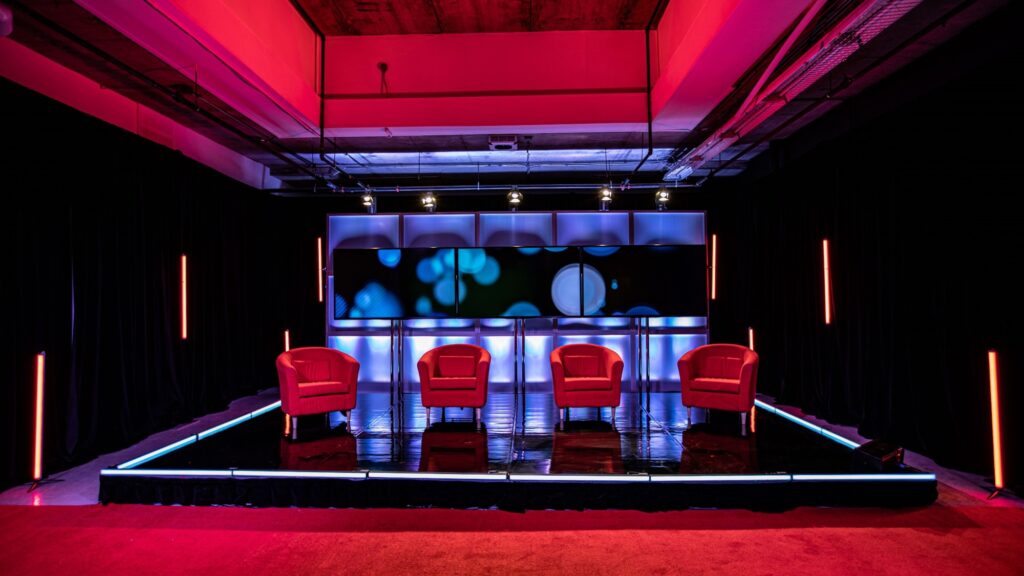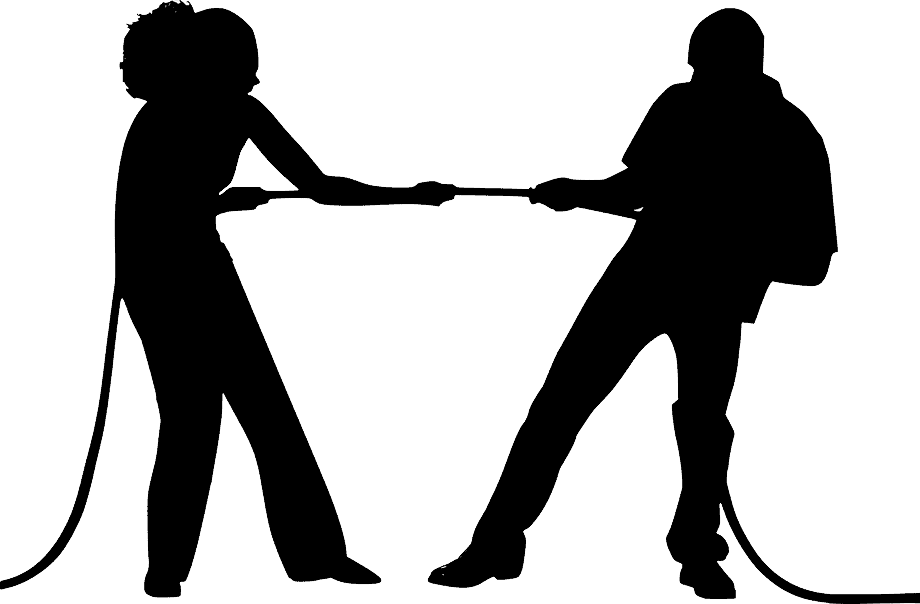Joining a movement, especially one that aims to defend human rights and make the world more fair and balanced, is a defining action in our times. Defining or confining? This is the question I have been exploring as I watch movements strengthen, especially movements that seem to oppose one another. Having two separate movements, pro-Palestine and pro-Israel, means that these two movements somehow oppose each other. Their very existence defines and solidifies the other. The many Jews or Israelis that join pro-Palestine movements are immediately coded as anti-Israel. And the opposite is true as well. Is it not possible to be both pro-Palestine and pro-Israel? Is it not possible to be pro freedom and safety for all? If you go and ask people of these two movements if they are for freedom and safety for all, most people will say yes. The problem is, each side believes that the other said will say no, that only one side deserves this freedom and security.
Because of this belief, the border between the movements becomes more defined. People demand to know who do you align with? Which movement are you a part of? If you speak up for the other’s freedom, you must be against ours. This divide is further driven by the urgency of the war, where people die or are threatened on a daily basis, and the imbalance of this scenario – being killed versus being threatened. And even now you must be trying to figure out which side I am aligning with, or perhaps you believe you have already figured it out. That is exactly the phenomenon I wish to point out – our need to figure out one’s alignment is a divisive force in itself. It means you will put me in a box and then confirm what you already believe, whether in agreement or disagreement with me. And nothing actually can change in that dynamic. And is it not change we are desperate for?
So how do we come out of the vicious cycle of division, separation and war? If even solidarity against war makes more war, how is change possible? This is the question not to be answered through a list of dos and don’ts. To get to a possible right answer, we have to first wipe off layers of wrong answers. How is change made impossible? What is my responsibility in making this change impossible? Where does my own fixed belief come from? Is there any flexibility around that fixation?
When I was working a lot with Erasmus+ youth mobility projects, there was an understanding that when people travel, they transform. A lot of people can remember their exchange periods in university times as the period that changed them, opened them up to a whole new world. Travel does that. Traveling helps us see that our own culture is not the only reality, and we can open up to new ways of seeing the world. This physical traveling can be done mentally as well – let’s travel to other belief systems. Why not travel to a different demonstration? Leave luggage behind. Find out what motivates ‘the other’ – it may not be what you think. Leaving luggage behind means leaving aside the assumptions you make about why people have aligned with that movement. Doing that gives the other person permission to do the same. We travel to each other’s movements, luggage free. In my view, this is the change that allows solidarity to fulfill its purpose. Solidarity needs wings to fly.



